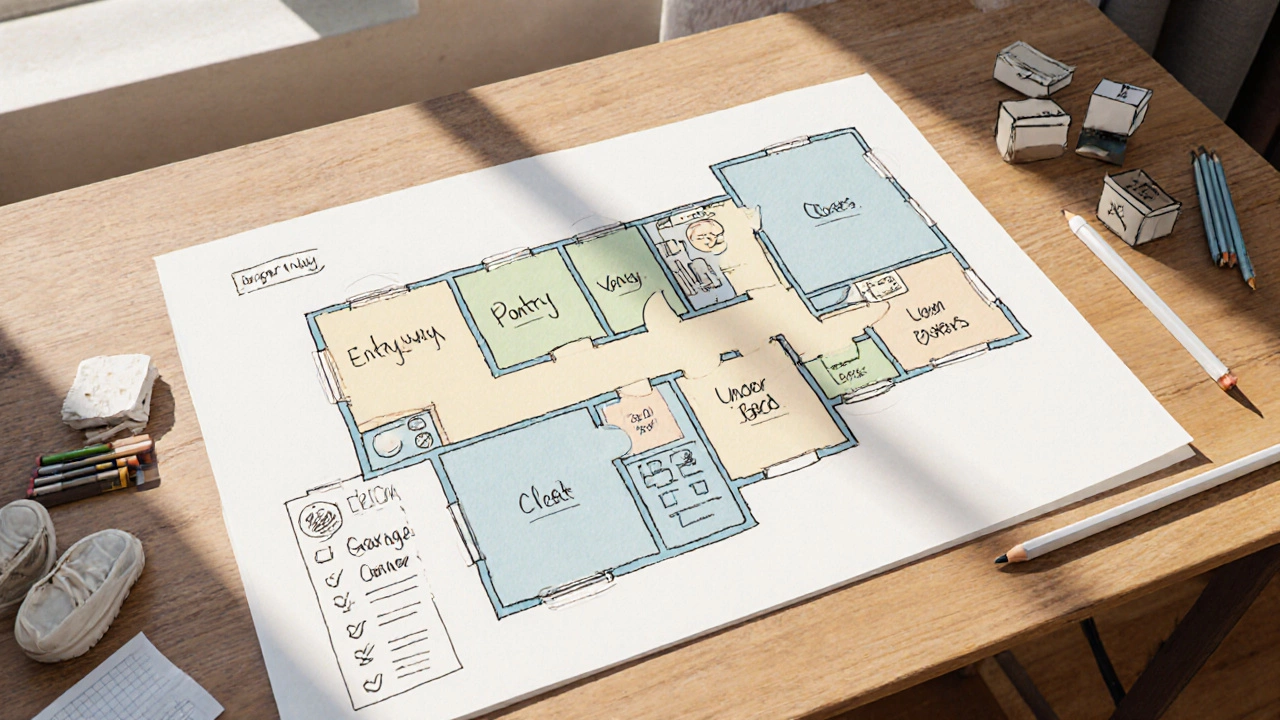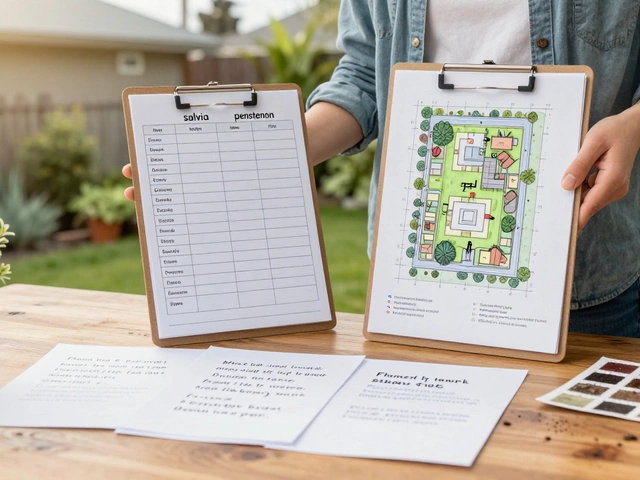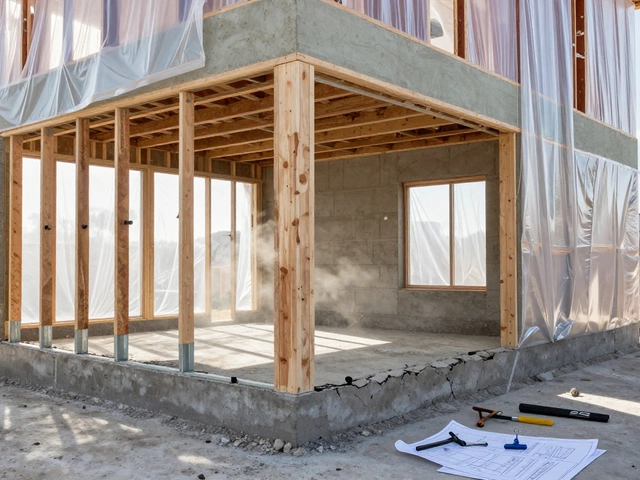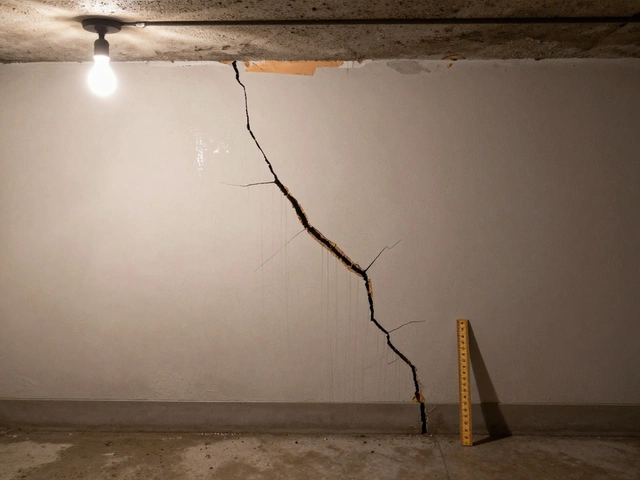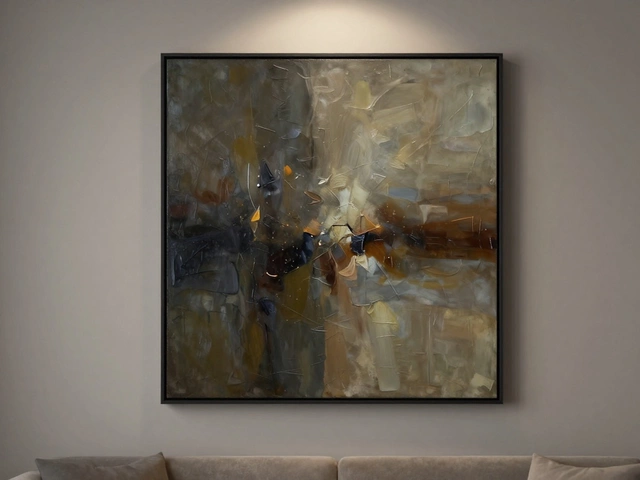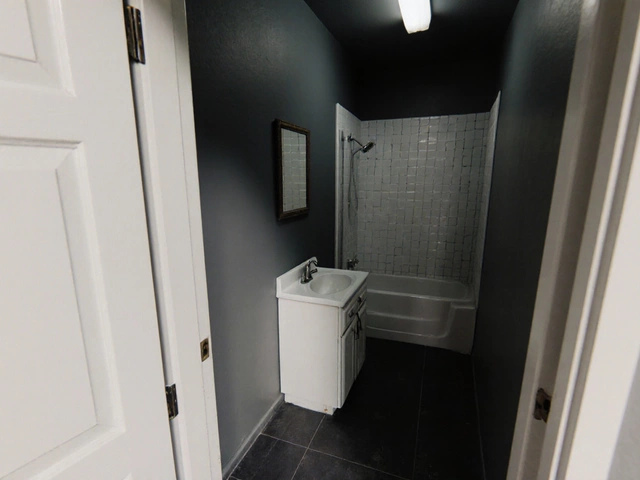Home Storage Cost Calculator
Calculate estimated costs for implementing storage solutions described in the article. Prices based on average ranges from article table.
Enter quantities to see estimated cost
Pro Tip: Combine solutions for maximum value. For example, adding 2 under-bed containers ($110) + 1 closet organizer ($325) gives you $435 in space solutions that could save up to $500 in future purchases.
Quick Takeaways
- Start with a realistic inventory and zone map of every room.
- Apply the 4‑Box Declutter Method (Keep, Donate, Store, Trash) to reduce items fast.
- Use vertical space, multifunctional furniture, and clear storage bins to double usable area.
- Keep a digital inventory and rotate seasonal items to avoid hidden piles.
- Set a monthly 15‑minute review habit to maintain order.
When it comes to home storage management is the process of organizing, storing, and optimizing space within a residential setting to keep items accessible and living areas clutter‑free, the first step is to understand what you actually have.
Step 1: Map Your Space and Take Inventory
Grab a pen, a sheet of paper, or a simple notes app and sketch each room as a rectangle. Label major zones - entryway, pantry, closet, under‑bed area, garage corner - then walk through them and note the type and quantity of items stored there. This visual map does two things: it reveals hidden storage hot‑spots and it gives you data for the next step, decluttering.
Tip: If you prefer a digital approach, the digital inventory a spreadsheet or smartphone app that records item name, location, and condition lets you search for “spare sheets” or “holiday decorations” in seconds, saving you from endless box digging later.
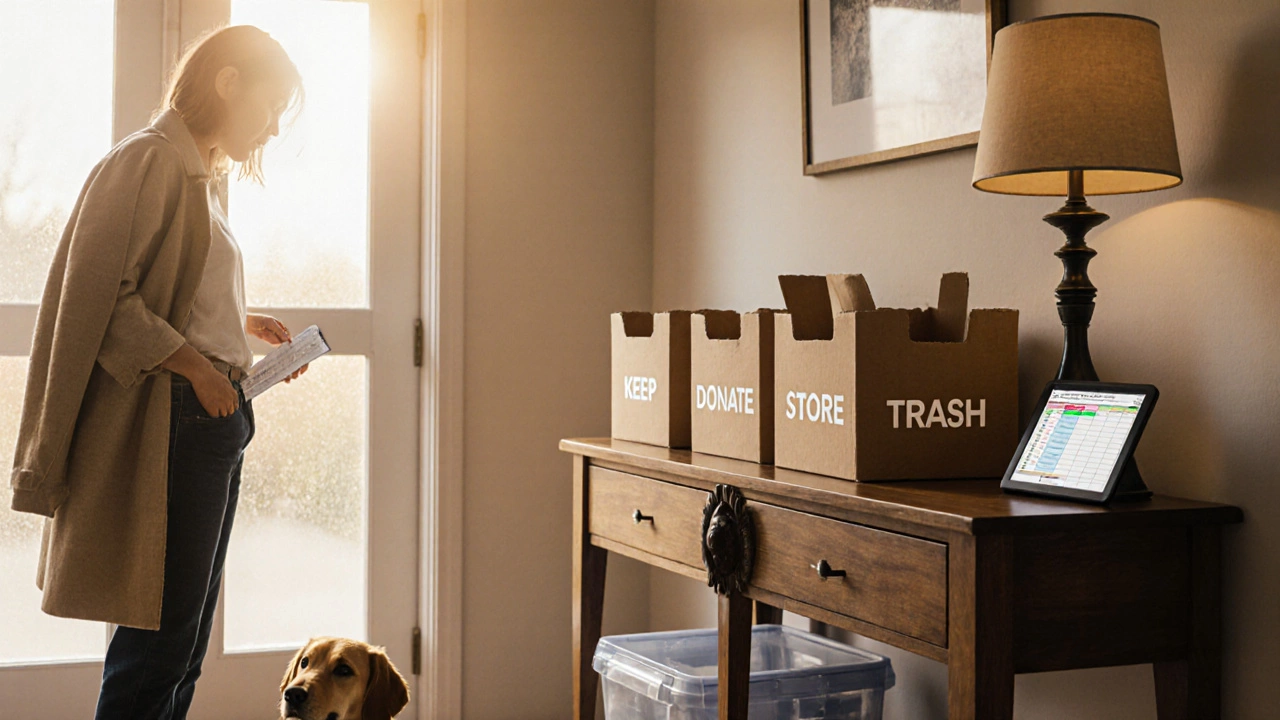
Step 2: Declutter with the 4‑Box Method
Place four boxes or bins in your entryway labeled Keep, Donate, Store, and Trash. As you move through each zone, make a fast decision for every object. If it’s used weekly, it belongs in Keep; if it’s still in good shape but you haven’t used it in a year, shift it to Donate. Anything broken or expired goes straight to Trash.
The psychological trick here is speed - you’re less likely to over‑think when a box forces a decision. After the first round, you’ll notice 20‑30% of household items disappear, instantly freeing up space.
Step 3: Choose the Right Storage Solutions
Not all storage options suit every item. Below is a quick comparison of the most common solutions for typical home needs.
| Solution | Typical Use | Pros | Cons | Approx. Cost (CAD) |
|---|---|---|---|---|
| Closet organizer system | Clothing, shoes, accessories | Customizable, uses vertical space | Installation time | $150‑$500 |
| Under‑bed storage containers | Seasonal clothing, linens | Hidden, easy to pull out | Limited to low‑profile items | $30‑$80 |
| Wall‑mounted floating shelves | Books, décor, pantry jars | Maximizes vertical height | Requires drilling | $20‑$120 per shelf |
| Multifunctional furniture | Seating with hidden compartments | Dual purpose, stylish | Higher upfront cost | $300‑$1500 |
| Clear storage bins transparent plastic containers with lids that stack neatly | General household items | Easy to label, see contents | Can be bulky if over‑stacked | $5‑$25 each |
Step 4: Go Vertical - The Power of Height
In most homes, floor space is at a premium, but ceiling height often goes unused. Installing vertical storage shelves, hooks, and rail systems that run from floor to ceiling can increase usable storage by up to 40%.
Ideas include:
- Floor‑to‑ceiling bookcases in the living room, topped with decorative baskets.
- Staggered wall racks in the kitchen for pots, pans, and spices.
- High‑mounted pegboards in the garage for tools and sports gear.
Remember to anchor heavy items to studs; safety first.
Step 5: Leverage Multifunctional Furniture
Pieces like ottomans with hidden compartments, coffee tables with drawers, or beds with built‑in drawers serve two roles at once, cutting the amount of separate furniture you need.
When shopping, ask yourself: does this item replace a stand‑alone storage unit? If yes, it scores high on the space‑saving scale.
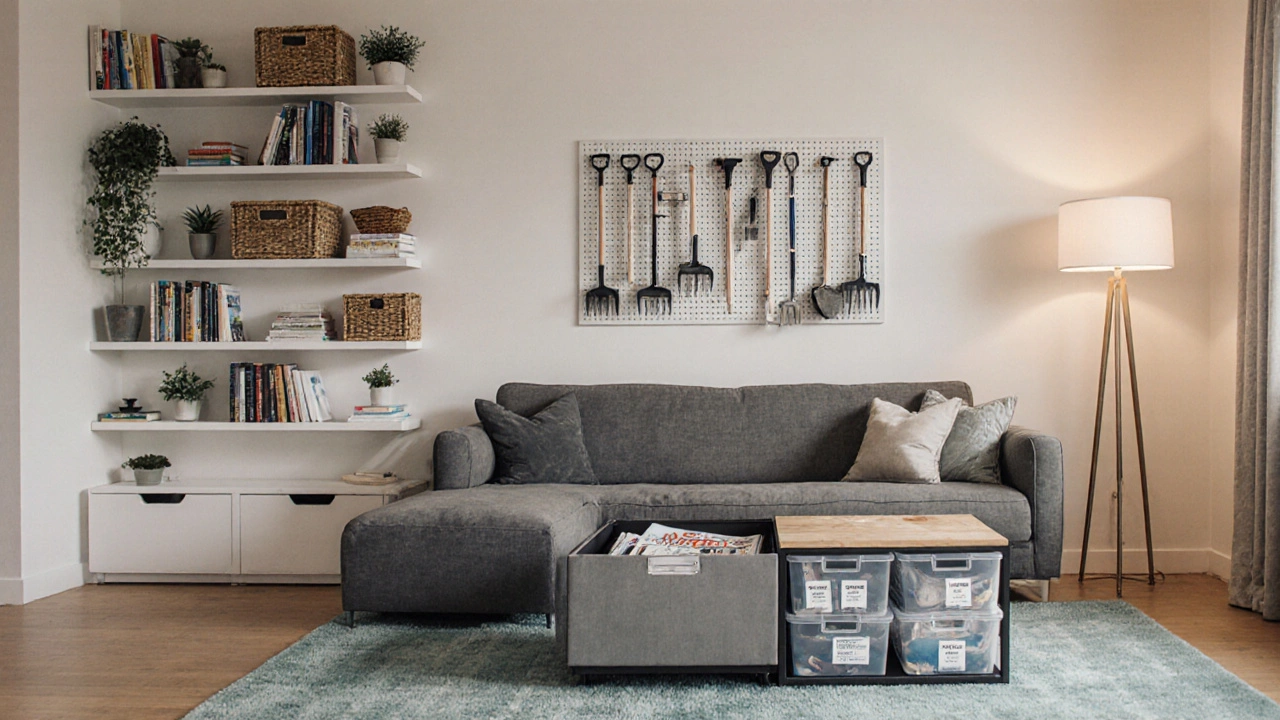
Step 6: DIY Storage Solutions for Tight Budgets
Not every homeowner wants to splurge. Simple DIY projects can be just as effective.
- Repurpose wooden crates. Sand them, paint a single color, and stack them on their side for a rustic shoe rack.
- Use tension rods. Place them inside cabinet doors to hang cleaning bottles or scarves.
- Create a hanging grocery bag organizer. Stitch a fabric pocket panel and mount it on a pantry door.
These hacks cost under $20 total and add personality to the space.
Step 7: Seasonal Rotation and Ongoing Maintenance
Even the best‑organized home can slip back into chaos if you don’t revisit it.
Adopt a seasonal rotation a routine of swapping out items based on the time of year every three months. Store winter coats, boots, and blankets in clear bins under the bed during summer, then bring them out in the fall.
Pair this with a monthly 15‑minute tidy‑up: glance at each zone, return misplaced items, and update your digital inventory if anything was added or removed.
Step 8: Checklist for Ongoing Success
- ✅ Complete a full‑house inventory and zone map.
- ✅ Apply the 4‑Box Declutter Method to all rooms.
- ✅ Install at least one vertical storage solution per major room.
- ✅ Add two pieces of multifunctional furniture where possible.
- ✅ Label all clear storage bins with categories.
- ✅ Record items in a digital inventory app.
- ✅ Schedule seasonal rotation every quarter.
- ✅ Set a recurring 15‑minute monthly tidy‑up.
By following these steps, home storage management becomes less of a daunting project and more of a habit you can fine‑tune over time.
Frequently Asked Questions
How much time should I allocate for a full declutter?
Plan for 2‑3hours per major area (kitchen, bedroom, living room). Break it into 30‑minute sprints with short breaks to stay focused.
What are the best storage bins for a humid Vancouver climate?
Choose BPA‑free, airtight plastic bins with silicone seals. They repel moisture and prevent mold on stored textiles.
Can I use kitchen shelves for non‑food items?
Absolutely. Just keep them away from direct heat or steam. Using clear bins helps you see contents without opening each box.
How do I keep kids from creating new clutter?
Give them a low‑height bin labeled “Toys - Keep Here.” Teach a quick “one‑in, one‑out” rule: for every new toy, one must be donated.
Is it worth hiring a professional organizer?
If you feel stuck after two declutter attempts or need specialized solutions (e.g., garage loft conversion), a pro can save weeks of trial‑and‑error. Their fee usually ranges $50‑$150 per hour, which can be offset by the value of space reclaimed.
